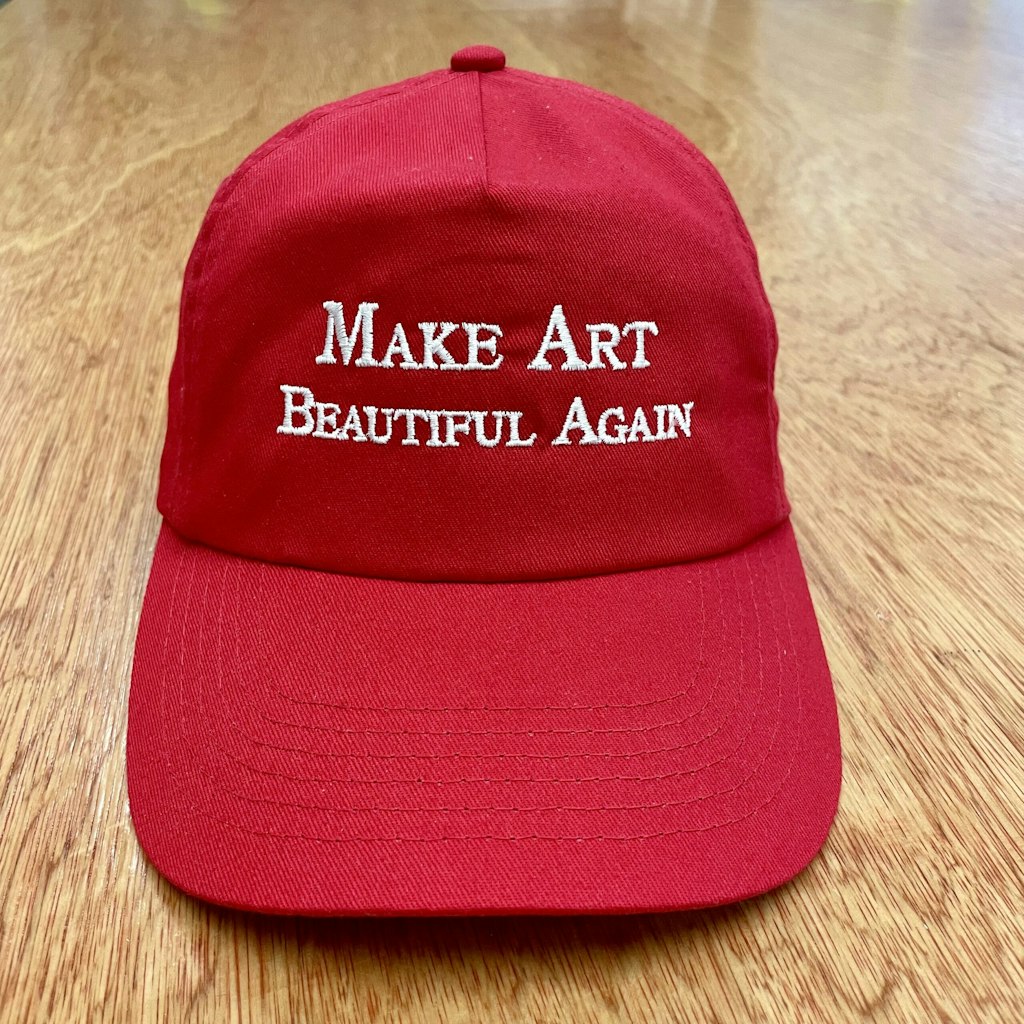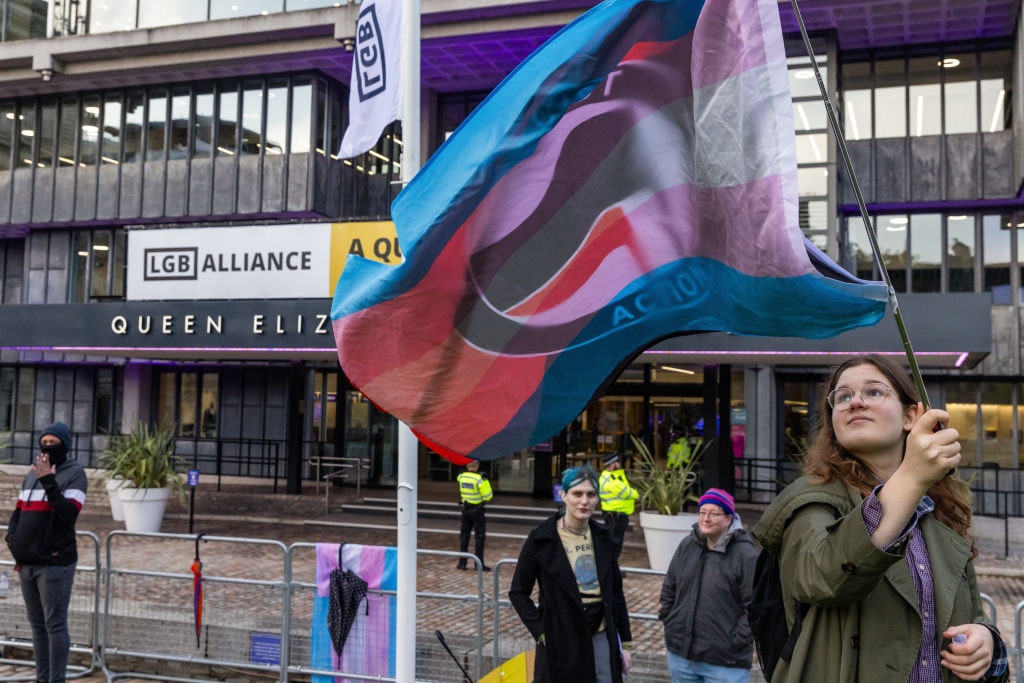The nurseryfication of culture
Alienation has encouraged the normalisation of childishness
An “educational” video released by the Manchester Museum went semi-viral recently. I’ll give you the highlights to get it over with it. In it, a young female employee introduces herself as “using they/them pronouns” (sigh) and that “today, we’re finding Pride in our collection” (sigh). Their focus is the museum’s collection of taxidermic birds from the Victorian era. The Victoria era, they explain, was run by “cis, white, straight men” (sigh) and that is why there are more male birds than female ones in the collection. The way the birds are positioned, with the handsome males standing over the more submissive-seeming, plain-plumaged females is indicative of these patriarchal norms (sigh). They then point out the way bird families are grouped together with their chicks and how this reflects the implicitly oppressive “nuclear family” (are you drinking yet?).
There’s too much wrong with it to highlight everything — from the cynical anthropomorphising of non-human animals to the fact that the “nuclear family” wasn’t really coined until the 1950s and in the USA, nothing to do with Victorian Britain. It is just one of countless examples of ideological dumbed-down, virtue-signalling historical revisionism that leaves us all culturally poorer.
Indeed, there’s so many cultural institutions that have embraced this idiocy, whether in the name of Pride or other “progressive” obsessions to do with race and identity, that I’ve become depressingly immune. Everything’s been queered, from The Brontë Sisters to unusual fungi at Kew Gardens. There’s little left to say. I hate it and so do most people who want to appreciate culture without this painfully dull as well as ignorant lens.
To this end, while watching Manchester Museum’s video, my focus became sidetracked by something else: the young person’s colourful lanyard and the badges that bedecked it. I can’t remember the last time I went into any cultural centre — be it a theatre, museum, gallery or library and didn’t see anywhere from around half to a majority of employees clacking under the weight of gaudy, infantile badges. Mostly young but not always. It’s not just pronoun pins and pride progress flags. Just as popular are declarations of neurodivergency (“I’m autistic, please be patient with me!” “I have ADHD”). They’re not subtle markers for emergencies, like a medic alert bracelet or epilepsy card carried in one’s wallet. They’re proudly eye-catching, often imprinted with little hearts or clouds. Sometimes they don’t even pertain to a specific condition, Etsy has quite the extensive cutesy collection, everything from “I don’t like loud noises” to “I am having a bad day.” Then there’s the even more popular sermonising variety of badge, passive-aggressive little reminders to “Be a nice person” and “Be kind” that, speaking personally, make me want to be anything but.
This phenomenon of adults walking around in pastels and hearts that witter about kindness and demand other adults not to expect much from that day, I’ve long thought of as the nurseryfication of society (my coinage, as far as I know). Originally, I simply saw it as one of many side effects of an increasingly infantilised society but, as someone with ample experience working in a nursery, I’ve been reflecting more deeply on the psychology of badge-wearing.
Interestingly, it’s seldom about accomplishment but simple attention
Small children adore badges. It’s always easy to know if a child has been to the dentist or doctor the previous day because they will come in with a sticker declaring as such. Plasters are just as popular. I’ve been asked “Can I have a plaster” more frequently than “Can I have another biscuit”. In fact, I was recently advised by a First-Aid trainer not to stock colourful or cartoonish plasters in the medical kit, as children have been known to deliberately injure themselves to get one.
Interestingly, it’s seldom about accomplishment but simple attention. The plaster signifying “I’ve cut my finger” is worn with the same pride as the sticker signifying “I was brave at the dentist”. Of course, with small children, attention-seeking is not a negative thing, they’re designed for it. They are yet to develop a verbal understanding of time and space, therefore places, experiences, recognising parts of their bodies and the mysterious creatures called Grown-Ups that inhabit everywhere are solid certainties in an otherwise blurry, happy vacuum of eating, toileting, bedtime and playing. Stickers, badges, and plasters help string together narratives in an almost Descartian way. “I have a plaster because I cut my hand on the garden fence yesterday” “I have a sticker because the dentist looked at my teeth today”.
So what does this badge fixation amongst adults say — these non-verbal commands to see their unique gender identity, disability or neurodivergency, their commitment to niceness. At a recent visit to Yorkminster with my husband, the man who took our tickets (he/him, neurodivergent, nice person) also had an assortment of Doctor Who and Tardis pins on his lanyard, clearly a passionate Whovian. Great, but why while working in a beautiful 7th century Cathedral where eyes are supposed to be directly at everywhere but you? Some would say — not unreasonably — that this is all part of the tiresome “bring your whole self to work” trend. Yet beyond all the narcissism there is arguably loneliness. Are these badges mere statements or pleas for engagement? Talk to me about my Doctor Who obsession, share your pronouns with me, tell me I’m doing a great job despite having social anxiety … there’s a lot of psychological cross-over with a three-year-old’s hope you ask about their dentist appointment or boo-boo.
It’s been joked that you don’t often see the likes of sanitation workers or builders swanning about with badges declaring their uniqueness or progressivism. (In schools, I’ve personally never seen a school cleaner, janitor or facilities member with a pin, always teachers and librarians). Yet, it would make more sense for people in such occupations to want a bit of attention. They do the hard work and graft many take for granted and would fast notice if they stopped. They are vastly under appreciated and under thanked, too often treated as part of the furniture by those they work for.
The reason the badge brigade seems to have infiltrated elite sectors is generally explained because more educated, middle-class types susceptible to the politics of individualism and identity tend to gravitate towards them. Yet these cultural institutions — be it historical cathedrals, theatres, national libraries, museums and art galleries are the last jobs where someone should see themselves as deserving special attention. It may be a redundant point but the colours and fonts of these badge-ridden lanyards are meant to draw the eye. And if a visitor is looking at them, they’re not looking at the artwork, the architecture, or listening properly to the history tour.
What is missing in the cultural soul of so many people
When nursery children adorn badges, it is a way of grounding themselves in their surroundings and place in it, making sense of their little story in a vast picture interweaving countless. With adults who work in the heritage sector who cover themselves in pins and badges, it seems to be the opposite — a way of standing out from the history, artefacts or knowledge their workplace is steeped in. At a push, I’d call it almost disrespectful. What is missing in the cultural soul of so many people that they can play a privileged part in maintaining the legacies of such valuable institutions and still feel the need to signal to all that enter: Look At Me?
Enjoying The Critic online? It's even better in print
Try five issues of Britain’s most civilised magazine for £10
Subscribe














